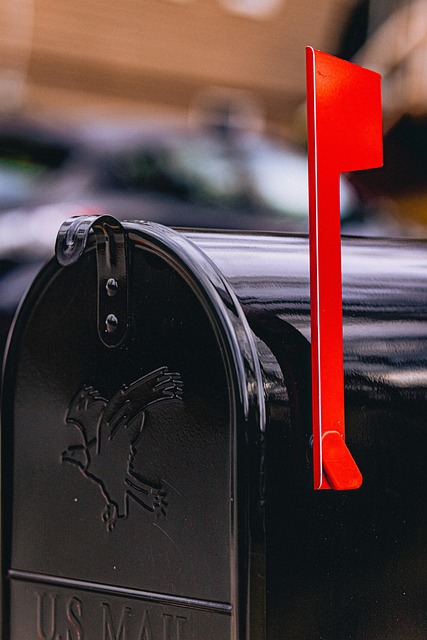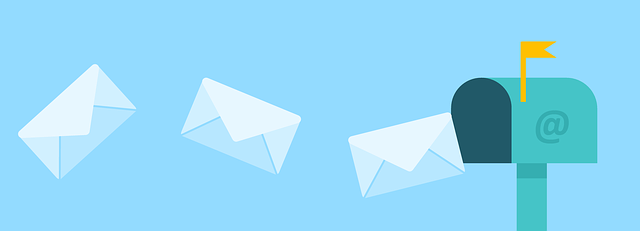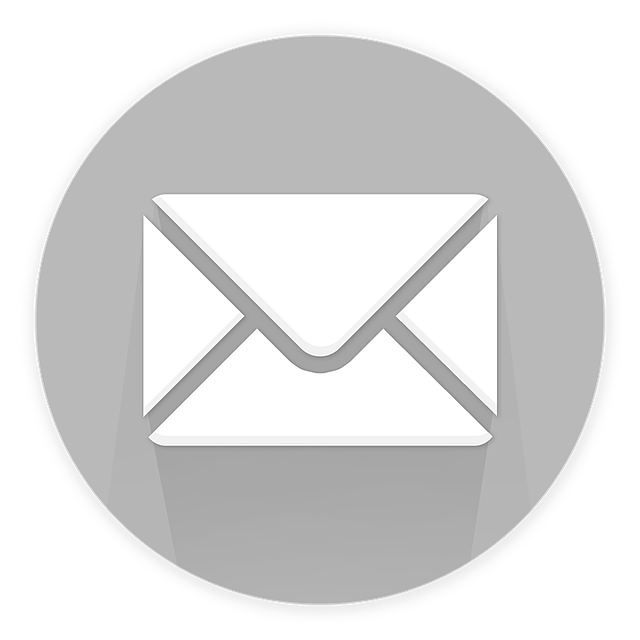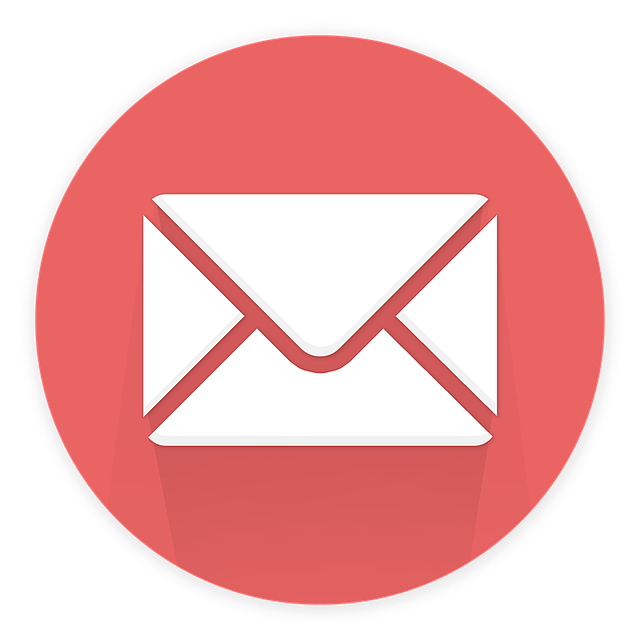Did you know that personalized emails in nonprofit marketing campaigns have a 29% higher open rate and a 41% higher click-through rate compared to generic emails?
Personalization is not just a buzzword; it is a powerful tool that can significantly impact the success of your nonprofit email marketing efforts.
In today’s digital world, effective communication is crucial for nonprofits to engage and connect with their audience. Personalization allows you to create tailored and relevant content that resonates with your supporters, making them more likely to open, read, and take action on your emails.
By implementing personalized email campaigns, you can drive higher engagement and foster a stronger connection with your supporters.
Furthermore, personalized emails have the potential to increase support for your nonprofit, whether it is through donations, volunteer sign-ups, or event registrations.
In this article, we will explore the impact of personalization in nonprofit email marketing and provide you with best practices to implement it effectively.
Get ready to take your nonprofit email marketing to the next level with the power of personalization!
Key Takeaways
- Personalization in nonprofit email marketing campaigns leads to higher open rates and click-through rates compared to generic emails.
- Donor segmentation is crucial for effective communication and allows nonprofits to tailor messages to specific groups.
- Optimized email subject lines can significantly improve email open rates and donor engagement.
- Personalized email campaigns generate higher transaction rates and have the potential to increase support for nonprofits through donations, volunteer sign-ups, and event registrations.
Importance of Effective Communication in Nonprofit Email Marketing
You need to understand the importance of effective communication in nonprofit email marketing if you want to increase donor engagement and support for your cause.
One crucial aspect of effective communication is donor segmentation. By segmenting your email list based on donor characteristics and interests, you can tailor your messages to resonate with each specific group. This personalized approach ensures that your emails are relevant and meaningful to your recipients, increasing the likelihood of them taking action and supporting your cause.
Another important element of effective communication is optimizing email subject lines. A compelling subject line grabs the attention of your donors and entices them to open your email. It should be concise, engaging, and convey the value of your message. A well-crafted subject line can significantly improve your email open rates and ultimately lead to increased donor engagement.
Understanding the importance of effective communication and implementing strategies such as donor segmentation and optimized subject lines sets the stage for the power of personalization in nonprofit email marketing. By creating personalized experiences for your donors, you can deepen their connection to your cause and inspire them to take meaningful action.
The Power of Personalization in Nonprofit Email Marketing
Imagine receiving an email that feels like it was written just for you, with every detail tailored to your interests and passions. That’s the power of personalization in nonprofit email marketing.
By customizing your emails, you can create a more meaningful connection with your recipients, increasing the likelihood of engagement and support. Personalization goes beyond simply addressing someone by their first name; it involves understanding their preferences, past interactions, and donation history. By leveraging this information, you can send targeted content that resonates with each individual, making them feel valued and understood.
The benefits of personalization are immense – higher open rates, click-through rates, and conversion rates. To achieve this, consider using strategies such as segmenting your audience, personalizing subject lines and content, and incorporating dynamic content.
By personalizing your nonprofit email marketing, you can drive engagement and ultimately make a greater impact in your mission.
Driving Engagement through Personalized Email Campaigns
Picture a world where every email you receive feels like a tailor-made experience, capturing your interests and sparking a genuine connection. This is the power of donor segmentation and email personalization in nonprofit email marketing.
By segmenting your donor base and crafting personalized email campaigns, you can drive higher engagement and build stronger relationships with your supporters. Here’s how:
-
Customized Content: Tailor your emails to specific donor segments, addressing their unique interests, concerns, and motivations.
-
Personalized Subject Lines: Grab attention with subject lines that speak directly to each donor, making them feel valued and important.
-
Dynamic Storytelling: Use donor data to tell compelling stories that resonate with each individual, showing them the impact their support has made.
By implementing these strategies, you can increase support for nonprofits with personalized emails that truly connect with your donors.
Increasing Support for Nonprofits with Personalized Emails
Are you looking to increase support for your nonprofit organization? One powerful way to inspire donors is by sharing personal stories that highlight the impact of your work. By using personalized emails to tell these stories, you can create a connection with your audience and make them feel invested in your cause.
Additionally, including call-to-action buttons in your emails makes it easy for donors to contribute, increasing the likelihood of receiving support. Start inspiring and engaging your donors today with personalized emails that tell compelling stories and provide a simple way to give back.
Inspiring Donors through Personal Stories
Step into the shoes of a compassionate donor, as you delve into the heartfelt stories of individuals whose lives have been transformed by the power of your generosity. Donor testimonials are a powerful tool in nonprofit email marketing, as they provide a personal touch and emotional appeal that connects with potential supporters.
When donors read about real people whose lives have been positively impacted by their contributions, it creates a sense of empathy and inspires them to take action. These personal stories highlight the significance of their donations and show the tangible difference they can make in someone’s life.
By incorporating donor testimonials and emotional appeals into your nonprofit emails, you can create a compelling narrative that motivates others to join your cause and make a difference. Including call-to-action buttons for easy giving allows donors to take immediate action and contribute to the cause they now feel emotionally connected to.
Including Call-to-Action Buttons for Easy Giving
Including call-to-action buttons in your nonprofit emails makes it simple for donors to make an immediate difference and contribute to the cause they now feel emotionally connected to. Easy giving is essential for donor conversion, and incorporating these buttons can significantly increase your chances of receiving donations.
Here are three reasons why call-to-action buttons are effective:
-
Convenience: Donors appreciate the convenience of a clickable button that takes them directly to the donation page. It eliminates the need for them to search for ways to contribute, streamlining the giving process.
-
Urgency: Call-to-action buttons create a sense of urgency by prompting donors to act now. They understand that their immediate contribution can make a real impact on the cause they care about.
-
Visual Appeal: These buttons stand out visually, capturing donors’ attention and encouraging them to take action. They serve as a focal point in your email, guiding donors towards the next step.
By implementing call-to-action buttons, you can maximize donor engagement and enhance the effectiveness of your email marketing efforts.
This leads us to the next section, where we will explore how to measure the impact of personalized email marketing.
Measuring the Impact of Personalized Email Marketing
One interesting statistic is that personalized email marketing campaigns have been found to generate six times higher transaction rates than non-personalized campaigns. This highlights the importance of measuring the impact of personalized email marketing in nonprofit organizations.
By analyzing the results of these campaigns, nonprofits can gain valuable insights into the effectiveness of their messaging and tailor their strategies accordingly. Measuring the impact allows nonprofits to identify which personalized elements resonate most with their audience and optimize future campaigns for better results. It also helps in understanding the return on investment and justifies the efforts put into personalization.
By measuring the impact, nonprofits can continuously improve their email marketing efforts and build stronger connections with their supporters.
Moving forward, let’s explore the best practices for implementing personalization in nonprofit email marketing.
Best Practices for Implementing Personalization in Nonprofit Email Marketing
Now that you understand the importance of measuring the impact of personalized email marketing in the nonprofit sector, it’s time to explore the best practices for implementing personalization in your own nonprofit email campaigns.
By incorporating personalization strategies and donor segmentation into your email marketing efforts, you can create a more engaging and relevant experience for your supporters. Here are some key best practices to consider:
-
Segment your donor base based on factors such as donation history, interests, and engagement level.
-
Use dynamic content to tailor the message and call-to-action to each segment.
-
Personalize the subject line and email content with the recipient’s name or other relevant information.
-
Test and optimize your personalization efforts to ensure effectiveness.
By following these best practices, you can maximize the impact of personalization in your nonprofit email marketing and cultivate stronger connections with your donors.
Frequently Asked Questions
How can nonprofits effectively segment their email lists to personalize their email marketing campaigns?
To effectively segment your email lists and personalize your nonprofit email marketing campaigns, data analysis is crucial. Start by analyzing your donor data to identify common characteristics and preferences.
Then, create segments based on factors like donation history, engagement level, or geographic location. Use this information to tailor your messages and content to each segment’s interests and motivations.
Implementing strategies such as A/B testing, dynamic content, and triggered emails can also enhance personalization and engagement.
By leveraging data and targeted segmentation, you can maximize the effectiveness of your nonprofit email marketing campaigns.
What are some common mistakes nonprofits make when trying to personalize their email marketing?
Common pitfalls nonprofits make when trying to personalize their email marketing include relying solely on first names, generic content, and lack of segmentation.
To avoid these mistakes, it’s crucial to gather and use relevant data, such as past actions and preferences, to tailor messages. Additionally, nonprofits should use dynamic content to personalize email campaigns further.
By implementing these best practices, nonprofits can ensure their personalized email marketing campaigns are more effective in engaging and inspiring their audience.
Are there any specific tools or software that can help nonprofits implement personalization in their email marketing?
Yes, there are several personalization software options available for nonprofits to implement in their email marketing campaigns.
One example is Mailchimp, which offers features like dynamic content and merge tags to personalize emails based on subscriber information.
When implementing personalization, it’s important to follow best practices such as segmenting your audience, using relevant data to tailor messages, and testing different personalization strategies.
By utilizing these tools and practices, nonprofits can create more engaging and effective email marketing campaigns.
How can nonprofits balance personalization with maintaining the privacy and security of their donors’ information?
To balance personalization and data protection, nonprofits can ensure privacy and security by implementing strong data protection measures, such as encryption and secure storage systems.
It’s important to obtain explicit consent from donors before collecting and using their personal information.
Nonprofits should also regularly review and update their privacy policies to stay in compliance with data protection regulations.
When personalizing email marketing, nonprofits must consider ethical boundaries to avoid any potential harm or misuse of donor information.
What are some creative ways nonprofits can personalize their email content beyond just using the recipient’s name?
Looking for creative ways to personalize your nonprofit email content beyond just using the recipient’s name?
Try incorporating dynamic content that utilizes data to personalize based on past interactions or donations.
Tailored storytelling is another effective approach, crafting personalized narratives that connect with the recipient’s interests and motivations.
By employing these strategies, you can create engaging and impactful email content that resonates with your donors on a deeper level.
Why settle for generic when you can create a truly personalized experience?
Conclusion
As you wrap up your nonprofit email marketing campaign, remember the power of personalization. By tailoring your messages to each individual supporter, you can create a lasting impact that resonates with them on a personal level.
Imagine the smile on their face as they read a personalized email filled with gratitude and appreciation. Picture the excitement they feel as they click on a customized call-to-action that aligns with their interests.
With personalization, you can forge strong connections, drive engagement, and increase support for your cause. Don’t miss out on the opportunity to make a difference – start implementing personalization in your nonprofit email marketing today.










